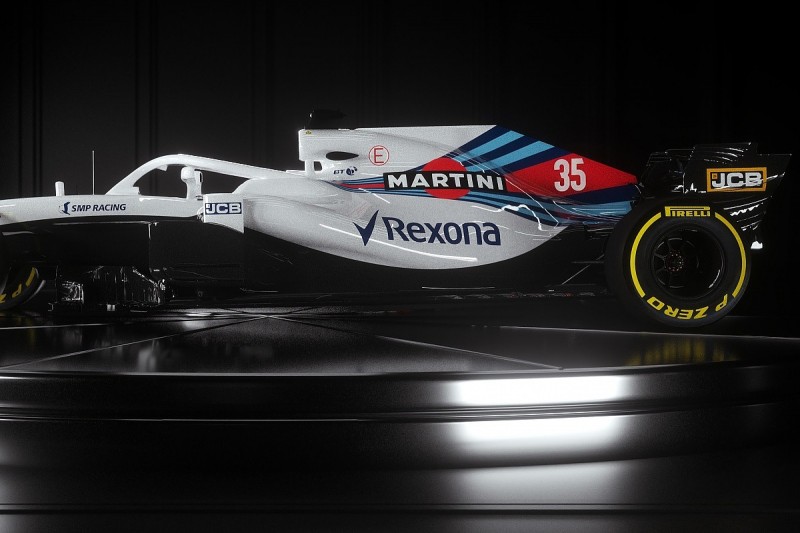Bargeboards set to be key development area on 2018 Formula 1 cars
The bargeboard area of Formula 1 cars will offer the biggest area of opportunity for development gains during 2018, reckons Williams technical chief Paddy Lowe

As teams begin revealing their new-season designs, the increased complexity of the bargeboard and sidepod area of cars has stood out - with teams getting very aggressive with their concepts in the second year of the current aerodynamic rules.
Lowe, whose FW41 design was revealed in computer images last week, says the potential for downforce gains in this area of the car is immense.
"As we know in the 2017 regulations, there was new volume and new freedom in the bargeboard area," he said.
"We saw through 2017 an explosion of new devices in that space, and that process has continued yet further.
"When you see our car close up, you will see that we have developed the car in that area even more.
"I will be expecting to see the same on our competition because it is the biggest area of opportunity still not fully exploited with these regulations that came in last year."
Downforce-generating devices in front of the sidepods have become increasingly important because other areas previously ripe for development - such as the T-wing and exhaust blowing of the monkey seat - have now been limited.

"Last year the we had controversy of the T-wings and engine fins and everybody being unhappy with how ugly they were, so they came and went," added Lowe.
"The result is what you see, that is on the limit of the current regulations for 2018. It is a fin, but sort of cut back.
"The T-wing is illegal, you can't fit that, but we still have the gearbox wing. We were the first to fit that last year on our car, so it's like a lower T-wing.
"We will carry on with that and I imagine many of the other cars will feature such a wing in this space.
"In a similar area, we've lost what is called the monkey seat wing, the little wing that sat behind the tail pipe. That was made illegal interestingly because there was a degree of exhaust blowing.
"You remember the era of exhaust blowing we had in 2011 to 2013. That was an exciting period I felt but was supposedly put behind us.
"Interestingly it did emerge in 2017 as a new much lower powered capability, so the monkey seat wing has been banned in order to reduce that effect once again."
Be part of the Autosport community
Join the conversationShare Or Save This Story
Subscribe and access Autosport.com with your ad-blocker.
From Formula 1 to MotoGP we report straight from the paddock because we love our sport, just like you. In order to keep delivering our expert journalism, our website uses advertising. Still, we want to give you the opportunity to enjoy an ad-free and tracker-free website and to continue using your adblocker.














Top Comments